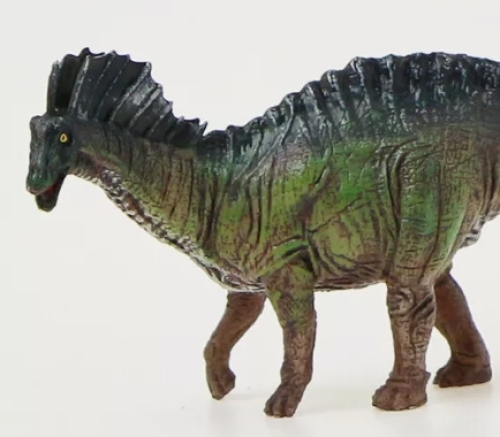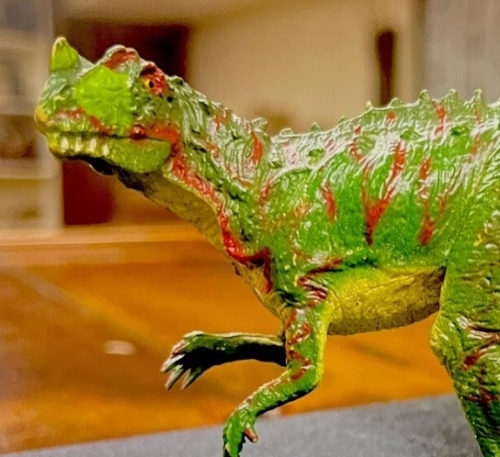Dinosaur models are important tools for reconstructing and displaying the biological characteristics and behaviors of dinosaurs, and are widely used in scientific research, educational displays and collections. Through meticulous design and fabrication, these models are able to reproduce the appearance and living environment of dinosaurs, providing us with an in-depth understanding of these prehistoric creatures.
The first step in making a dinosaur model is data collection. Scientists obtain detailed anatomical data from dinosaurs by studying fossils and reconstructing bones. This data helps designers create accurate 3D models in computer-aided design (CAD) software. Details of the model include bone structure, muscle distribution, and external features such as skin texture and scales.
Next, choose the right material for the model. Common materials include plastics, resins and silicone, which mimic the texture and color of dinosaur skin. During the production process, the various parts of the model are carefully molded and hand-finished to ensure that the appearance and details are as close as possible to the real dinosaur.
Dinosaur models provide physical data for the study of dinosaur anatomy and behavior, and help scientists understand the physiological functions and ecological adaptations of dinosaurs.
In museums and educational institutions, dinosaur models are used to demonstrate the appearance and living environment of dinosaurs and stimulate public interest in paleontology.
For paleontology enthusiasts and collectors, dinosaur models are prized collectibles that showcase the wonder and diversity of prehistoric life.
Dinosaur models not only provide a visual and tactile experience of dinosaurs, but also promote scientific education and public knowledge.














